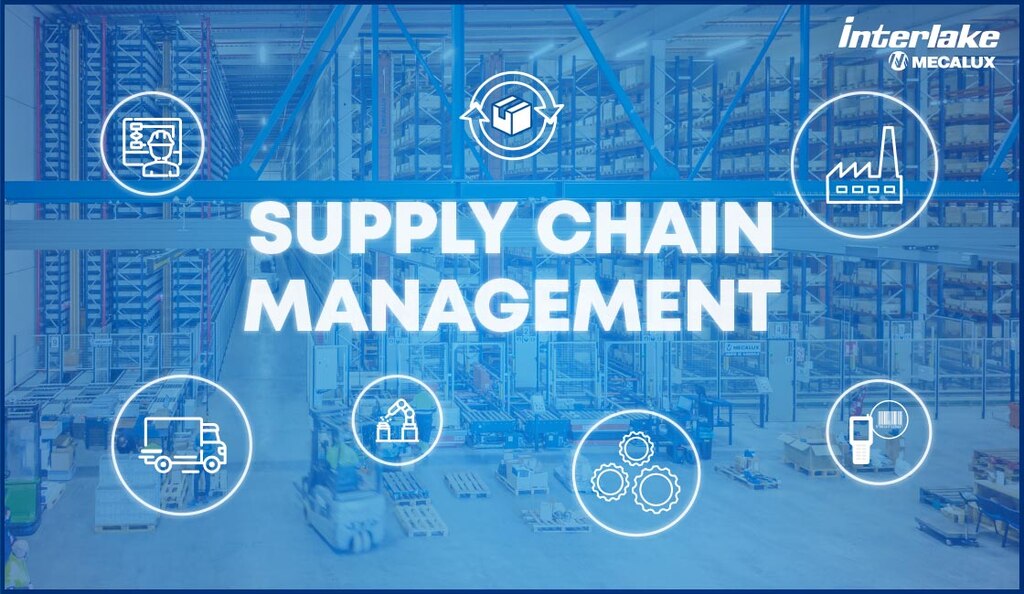
Supply chain director: Roles and responsibilities
In the past few years, one professional profile has acquired more management responsibility and greater influence over the strategic direction of organizations. Recent events and disruptions have underscored the advantages of having a supply chain director.
What is a supply chain director?
A supply chain director is the person responsible for supervising and delivering value across a company’s supply chain. This individual must ensure an efficient flow of goods by anticipating and dealing with changes in supply and demand, removing constraints such as bottlenecks, and staying up-to-date with new technologies.
The supply chain director — increasingly present in businesses — oversees everything from raw material procurement to customer deliveries, interacting with every link in the chain. Therefore, besides having a strategic vision, this profile requires communication, negotiation, and management skills. It shouldn’t be confused with the warehouse manager, a key figure in companies’ logistics departments, which occupies a different position in the warehouse organizational chart.
Responsibilities of a supply chain director
The responsibilities of a supply chain director encompass several aspects of production processes and commercial relationships. These are some of them:
- Obtain the best price for raw material purchases, accurately forecast demand, and avoid stockouts. To achieve this, the supply chain director can use tools such as the economic order quantity (EOQ) and build and maintain good relationships with suppliers.
- Administer product distribution and transportation so that goods arrive at the right place, at the right time, and as per the agreed-upon conditions.
- Establish key indicators for supply chain control.
- Plan the logistics strategy that the company will follow, maximize its resources, and monitor its inventory. To do this, programs such as a warehouse management system will come in handy.
- Identify new trends, drive process transformation, lead the implementation of technological advancements, and achieve more sustainable supply chains.
- Collaborate with other departments to optimize operations, establish a sales planning process, and provide visibility of activities across the entire organization.

Characteristics of a good supply chain director
According to a study by recruitment company Russel Reynolds, leading supply chain directors typically share the following attributes:
- Strategic and innovative. These forward-looking individuals anticipate change and look for new solutions to problems.
- Inclined to act. Supply chain directors embrace change and avoid excessive bureaucracy.
- Persistent and determined. These professionals will generally take the initiative, provide clear instructions, and make the necessary decisions to reach their goals.
- Systematic view. Supply chain directors are aware that they’re part of an interconnected, deeply interdependent ecosystem. As a result, they must remain objective and logical, regardless of the circumstances.
What academic background does a supply chain director need?
Supply chain directors oversee and coordinate every process that could hinder any point of the supply chain and cause a halt in production or distribution. They maintain contact with suppliers and carriers as well as manufacturing and sales teams.
This is why, in addition to possessing leadership qualities and commercial skills, these professionals often have a university degree. However, their education can vary, ranging from engineering to degrees more related to management, such as business administration. Today, there are increasingly more postgraduate options, such as specific master’s programs. It’s essential to have a critical and analytical view of the market and the business’s needs.
Where does a supply chain director work?
Generally, organizations that have a supply chain director on staff are manufacturing companies, where this person manages procurement, purchasing, sales, and all production stages. However, these professionals are also found in e-commerce and service-related commercial businesses, wholesalers, and retailers.

Some of the supply chain directors most highly valued by executive search firm Alcott Global in 2023 were Mourad Tamoud of Schneider Electric, Harald Emberger of Beiersdorf, Bala Sreenivasan of MSD, Jane Burkitt of LEGO, and Lynn Torrel of Flex.
The supply chain director’s first 100 days
According to consulting firm Gartner, supply chain directors starting their new position should dedicate their first 100 days (three months) to four aspects that will lay the foundations for the rest of their activity and their success:
- Develop strategic relationships.
- Strengthen the company’s risk management.
- Support talent and develop its capabilities.
- Initiate plans for long-term growth
How can AI optimize the supply chain?
Supply chain directors can transform their operations by investing in new technologies, improving their resilience and the customer experience. In this regard, they can employ tools driven by artificial intelligence (AI), big data, and machine learning to facilitate monitoring and reporting tasks. These professionals can also streamline their companies’ logistics processes in the short, medium, and long term by creating strategies incorporating them.
There are several options, including modernizing operations by incorporating automated storage and retrieval systems (AS/RS) or resources to expedite order picking (e.g., picking robots). Moreover, total control of processes can be achieved by implementing a warehouse management system like Easy WMS. Other strategies involve expanding the company’s facility or building new regional centers. At Interlake Mecalux, we can assist you with any of these solutions. Feel free to contact us for expert advice on the system that best adapts to your supply chain needs.
